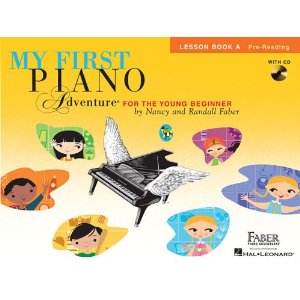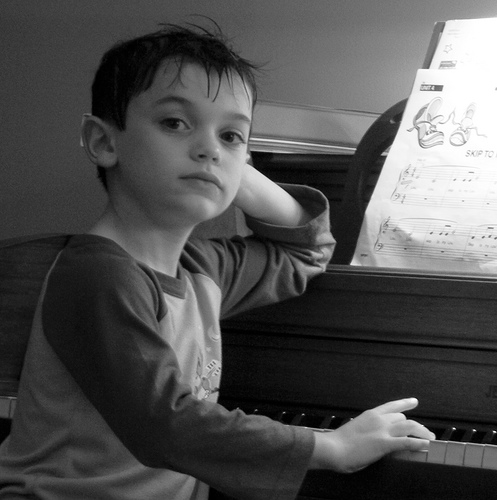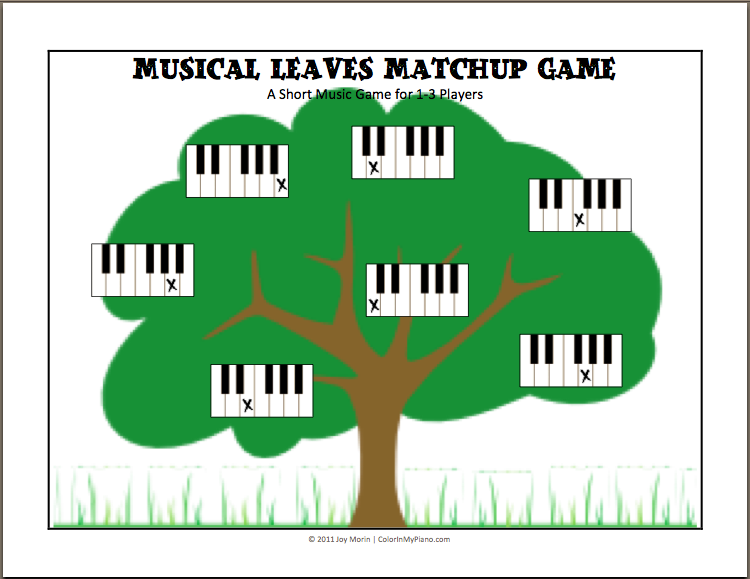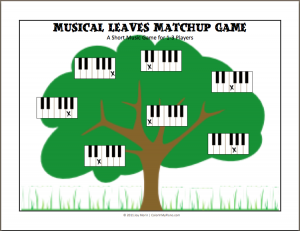 Australian composer Daniel McFarlane has composed a number of student-level repertoire books which are available on his website. Daniel was kind enough to send me digital copies of his books so I could review them here.
Australian composer Daniel McFarlane has composed a number of student-level repertoire books which are available on his website. Daniel was kind enough to send me digital copies of his books so I could review them here.
In appearance, all of Daniel’s books have easy-to-read scores with no illustrations. The titles of each piece are in fun fonts depending on the subject of each piece.
All of Daniel’s books can be purchased in hard copies or as digital copies (be careful that you’ve selected the right one when you check-out! The digital ones clearly say “Digital Edition” in the title, and allow for one print-out of the book). The prices for the music of Daniel’s website are in Australian dollars. Daniel assured me that when you check-out, the conversion to your currency would be made properly. The current rate of AUD compared to USD is about 1:1.
 Soundscapes Book 1
Soundscapes Book 1
The pieces in Sounscapes Book 1 have a pop-ish and almost rock music sound to them, while retaining elements of classical music and good educational writing for students. The pieces feature repetitive patterns and chord progressions, catchy tunes, lyrical RH melodies, syncopated rhythms, and repeated LH notes.
I would use this book with an early intermediate student (probably no younger than age 9) who has good technique and an excellent sense of rhythm. It could also be a great option for teenagers or adult students at that level of playing. The pieces are very appealing in sound and would be a great option for boy students.
As you read this review, open another window and listen to the pieces here. Continue reading “Review: Daniel McFarlane’s Repertoire for Students”





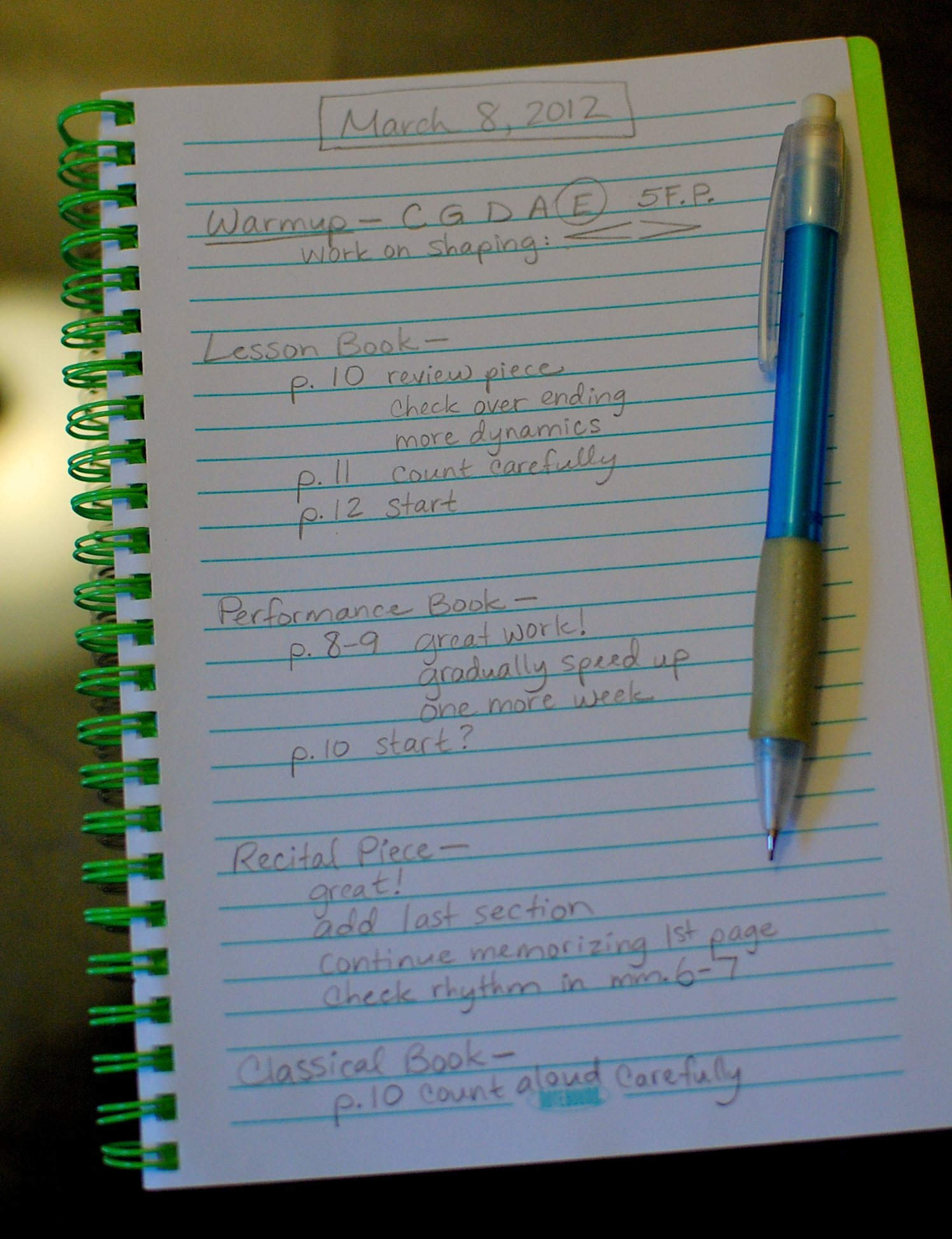
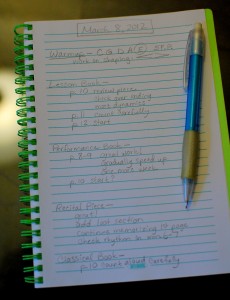 Last Thursday, we started a
Last Thursday, we started a 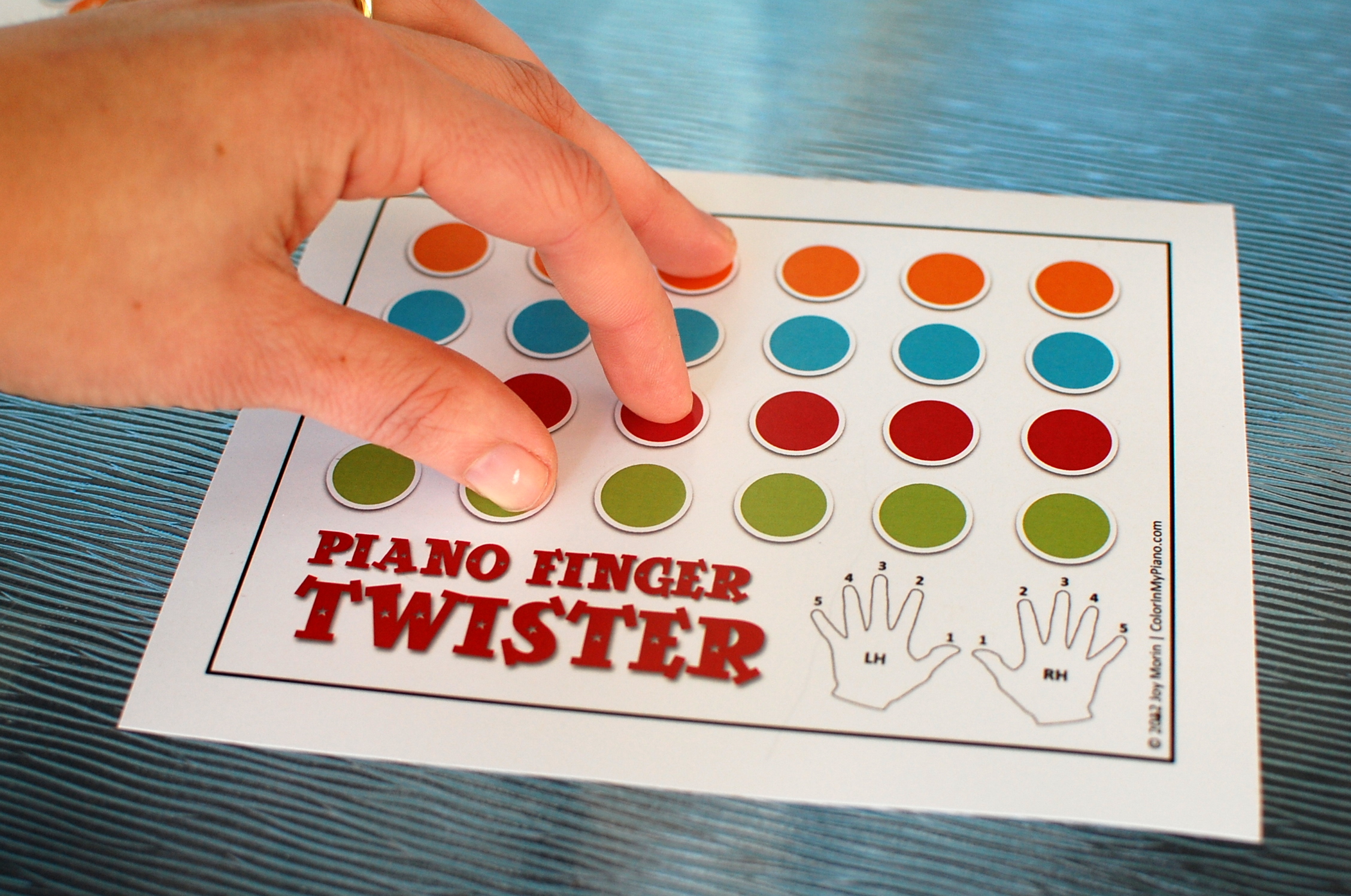

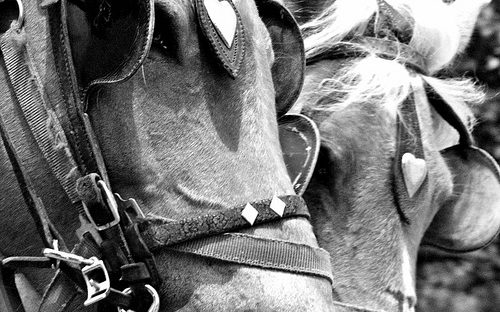

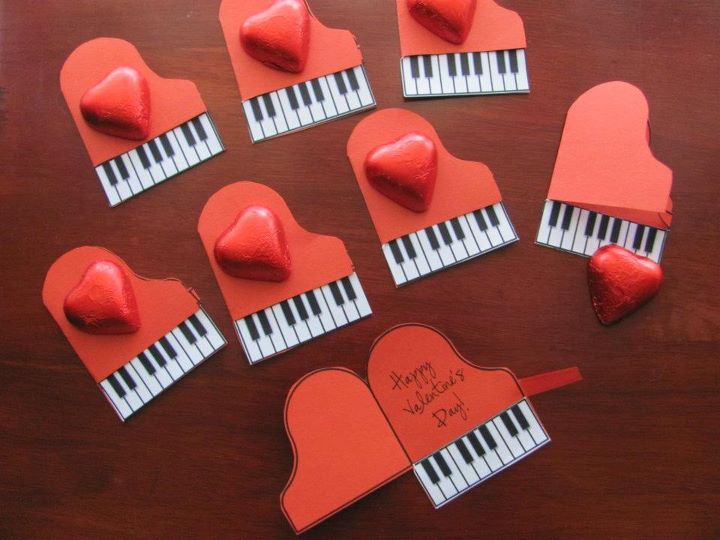

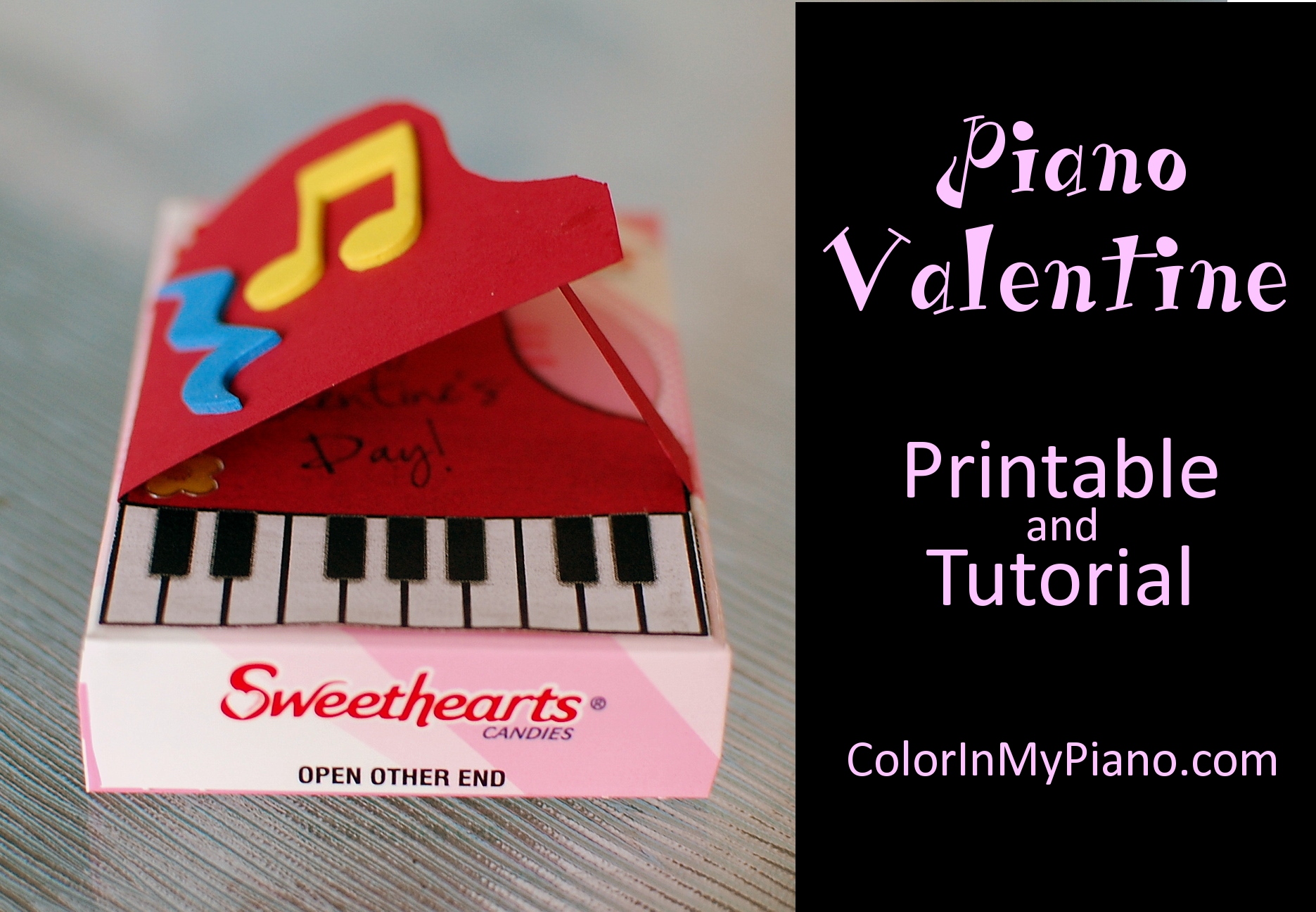
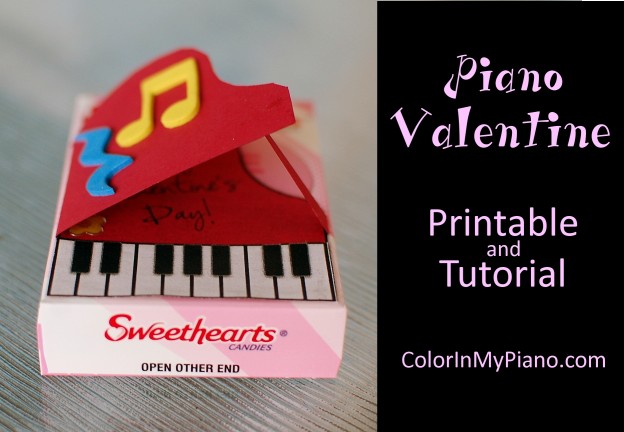

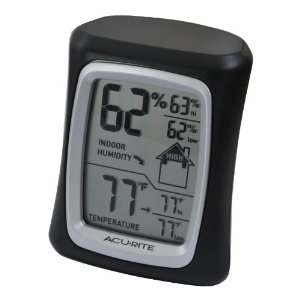 Here in Ohio, the winter snow is finally upon us! We were spoiled with an extraordinarily mild December, and only recently have have had a few inches of snow actually staying on the ground for more than a few days without melting.
Here in Ohio, the winter snow is finally upon us! We were spoiled with an extraordinarily mild December, and only recently have have had a few inches of snow actually staying on the ground for more than a few days without melting.
